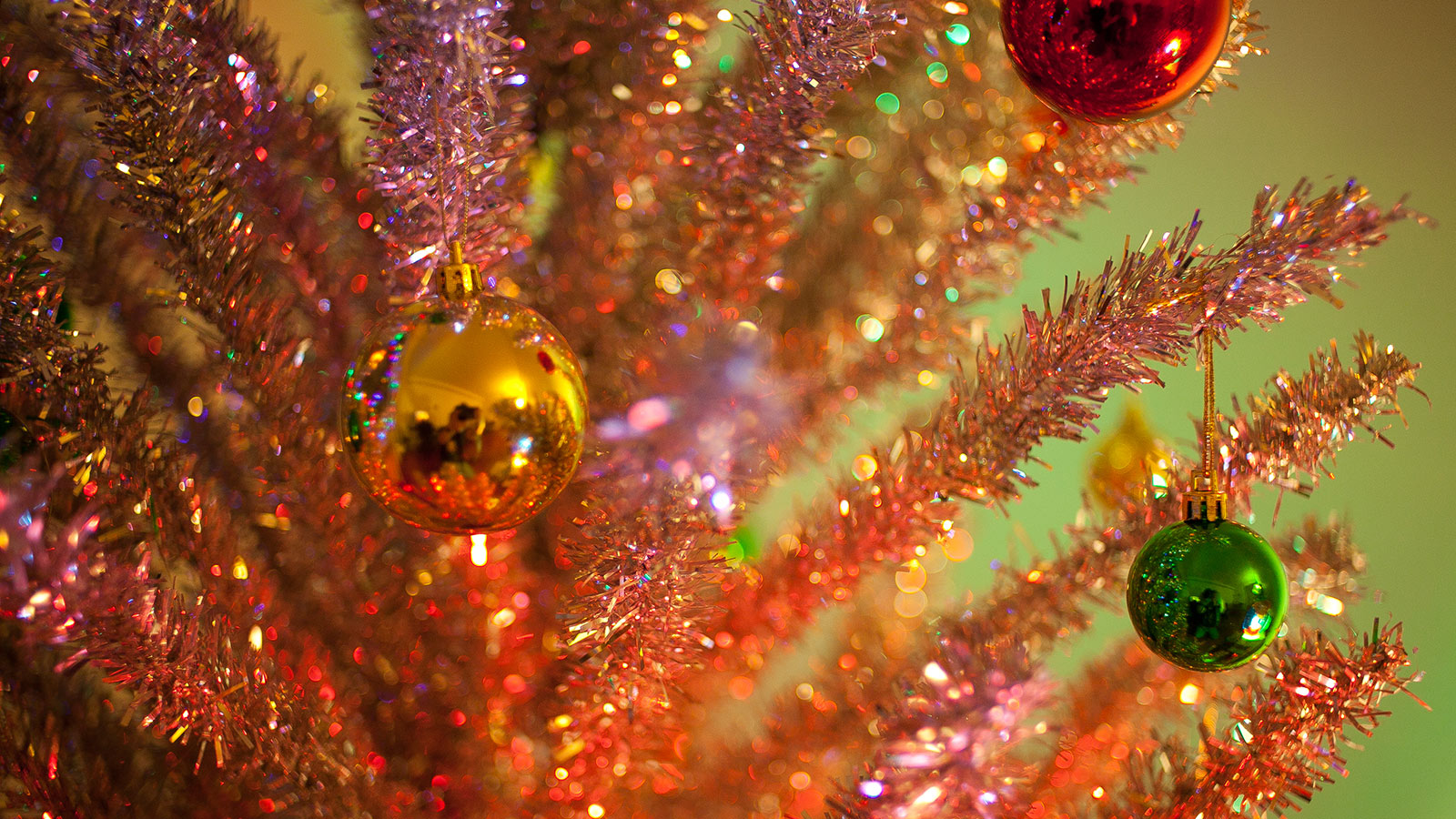Q. My family has had the same artificial plastic Christmas tree for nearly 20 years. Though we can’t find much information about what kinds of chemicals are in the tree’s plastics, we know it’s time to get rid of the tree for a greener option. We don’t necessarily want to purchase a live tree each year, so what is best to look for when buying a new artificial tree to make it as green and healthy as possible?
Caitlin
St. Louis, Mo.
A. Dearest Caitlin,
You have informed me that you don’t want to buy a new real Christmas tree each year. You have stated clearly you’re interested in the greenest fake tree possible. Yet here I am, about to start by urging you to reconsider your aversion to real trees. We environmental advice columnists can be so pushy sometimes.
If you’re set on a realistic-looking tree (bear with me here), then a real tree will win the environmental cage match every time. We’ve gone over this in detail before, but as a refresher: Real trees help preserve open spaces (through Christmas tree farms), can be recycled or composted, and don’t required any toxic chemicals to produce (although they may be sprayed with pesticides — an argument for organic trees if you can find them).
Your typical poseur pine, on the other hand, is made from PVC (aka vinyl, which spews dioxins and other polluting, cancer-causing chemicals when produced), with the possible addition of lead. It’s also very likely made in China, with a correspondingly swollen carbon footprint. And it’s doomed to sit in the landfill at the end of its life, chained to the Earth like the Ghost of Christmas Past.
Does that change anything, Caitlin? If not, never fear. It is indeed possible to find a sustainable, light-on-the-land faux tree — if you’re open to some oddball alternatives, that is. Forget about green plastic evergreens for a moment: They’re petroleum-based and non-recyclable. But I’ve seen some truly inspired substitutes out there.
What would you say to singing “O Tannenbaum” around a tree made of cardboard? How about paper and yarn, rolled-up newspapers, or (my personal favorite) driftwood? You can make your own tree out of stacked books, Christmas cards, even lots and lots of green beer bottles. A Christmas tree doesn’t have to have a trunk and needles to be festive, and these options have the distinct advantage of being recyclable/reusable and nontoxic as well.
If you’re hankering for something a little more traditional, you might want to think about a vintage artificial tree. Not a plastic one, as older fake firs may be even worse when it comes to lead exposure, but a vintage aluminum tree. These metallic throwbacks to the ’60s may be of a particular taste, but they are recyclable (though, looking at the prices some of these things go for, I’m not sure why anyone would toss one). Producing virgin aluminum is highly energy-intensive, but that’s not an issue when reusing an existing tree. Just don’t string any lights on it unless you really want to roast some chestnuts on an open fire.
Only now will I mention “greener” plastic Christmas trees. There are a few on the market made from polyethylene (PE), a safer plastic without all the lead and dioxin baggage that comes with PVC trees. But the emptor must truly caveat with these, as many are blended with PVC or use PVC needles as filler behind the outer PE sections. And some 100-percent PE trees might still contain lead if you buy them pre-strung with PVC lights. Even the best plastic tree is still plastic, Caitlin, and therefore falls way below the other alternatives we’ve discussed on our list.
I do hope this inspires you to find a unique, merry Christmas tree to fill your home with holiday cheer for years to come. A new family heirloom that’s lead- and petroleum-free, reused, and/or recyclable? Now that’s a nice, shiny gift in and of itself.
‘Tis-the-seasonally,
Umbra



